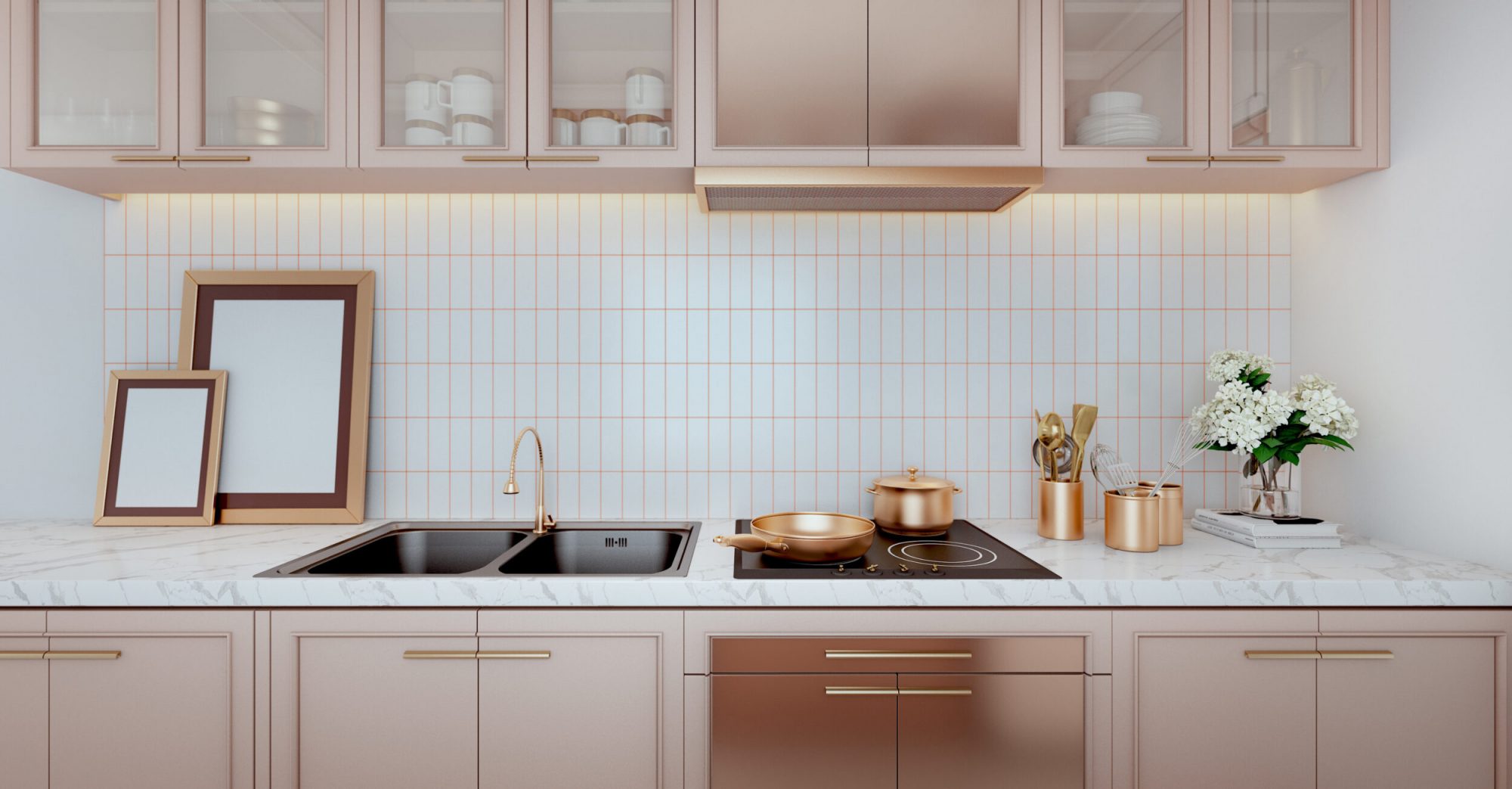When it comes to minimalist kitchen design, cabinets play a pivotal role. Minimalist kitchen cabinets are not just storage units—they are integral design elements that define the room’s style, functionality, and atmosphere. By focusing on simplicity, clean lines, and smart storage solutions, minimalist cabinets help create a kitchen that is both elegant and practical.
Whether you’re remodeling your kitchen or building a new one, understanding minimalist kitchen cabinet design principles can help you achieve a clutter-free, streamlined look that stands the test of time.
What Defines Minimalist Kitchen Cabinets?
Minimalist kitchen cabinets are characterized by their simplicity and functionality. They emphasize smooth, flat surfaces without unnecessary decoration or hardware, prioritizing clean lines and uniformity. These cabinets are designed to maximize storage while maintaining a sleek and uncluttered appearance.
Key features of minimalist kitchen cabinets include:
Flat-Panel or Slab Doors: These cabinet doors are smooth, flat, and free of ornamentation or raised panels, creating a seamless look.
Handleless or Integrated Handles: Instead of traditional knobs or pulls, minimalist cabinets often use push-to-open mechanisms or integrated grooves to maintain a clean facade.
Neutral Color Palette: Cabinets are usually finished in whites, grays, blacks, or natural wood tones to keep the kitchen looking airy and cohesive.
Concealed Storage: Clever storage solutions hide kitchen essentials, keeping countertops clear and maintaining visual simplicity.
Design Principles for Minimalist Kitchen Cabinets
Keep It Simple and Sleek
Minimalist cabinets avoid complex details or elaborate moldings. Opt for flat surfaces with minimal joints or breaks. The goal is a smooth, uninterrupted visual flow.
Choose Handleless Designs
Handles and knobs can disrupt the clean lines of minimalist cabinets. Consider handleless options like push-to-open doors or recessed finger pulls that keep the cabinet fronts flat and sleek.
Opt for a Neutral or Monochromatic Palette
Stick to neutral colors such as white, cream, light gray, or natural wood finishes. These colors reflect light and create a sense of spaciousness. Monochromatic schemes help unify the kitchen and prevent visual clutter.
Incorporate Natural Materials
Wood veneer or matte finishes can add warmth and texture while maintaining minimalism. Natural materials create subtle contrast without breaking the overall simplicity.
Integrate Appliances
To maintain a seamless appearance, integrate appliances like refrigerators, dishwashers, and microwaves behind cabinet panels. This avoids visual interruptions and keeps the kitchen looking tidy.
Maximize Storage Efficiency
Use deep drawers, pull-out shelves, and corner cabinets to maximize storage. Keeping all kitchen essentials hidden helps keep the design clutter-free.
Popular Minimalist Kitchen Cabinet Styles
Slab Cabinets: Completely flat and smooth doors that offer a clean, modern look.
Shaker Style (Simplified): Minimal detailing with recessed panels, but still simple enough for a minimalist kitchen.
Handleless Cabinets: Featuring push-to-open or recessed grooves for opening.
Wood Veneer Cabinets: Natural wood finish with minimal grain patterns for a warm yet simple look.
Matte Finish Cabinets: Matte lacquer or painted finishes reduce reflections and add a soft touch to the space.
Practical Tips for Choosing Minimalist Kitchen Cabinets
Measure Your Space Carefully: Ensure cabinets fit well without overcrowding the kitchen.
Consider Your Storage Needs: Think about how much storage you require and choose configurations that maximize space.
Choose Durable Materials: Select materials that are easy to clean and resistant to moisture and wear.
Focus on Quality Hardware: If you opt for touch-release or push-to-open systems, invest in high-quality mechanisms for smooth operation.
Plan Lighting: Incorporate under-cabinet lighting to highlight the clean lines and improve functionality.
Maintenance and Care
Minimalist cabinets, with their smooth surfaces and simple designs, are generally easier to maintain than ornate cabinetry. Wipe surfaces regularly with mild cleaners to keep finishes looking fresh. Matte finishes might show fingerprints more easily than gloss, so choose based on your preference and lifestyle.
Benefits of Minimalist Kitchen Cabinets
Timeless Aesthetic: Their simple design transcends trends.
Clutter-Free Look: Concealed storage keeps your kitchen neat and organized.
Enhanced Functionality: Thoughtful layouts and smooth operation make cooking and cleaning more efficient.
Visual Spaciousness: Clean lines and uniform finishes make even small kitchens feel larger.
Conclusion
Minimalist kitchen cabinets are the cornerstone of any minimalist kitchen design. By prioritizing clean lines, functional storage, and subtle finishes, you can create a kitchen that is both beautiful and highly efficient. Whether you prefer sleek slab doors, warm wood veneers, or matte finishes, minimalist cabinets offer timeless style and practicality.

